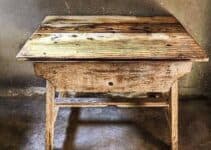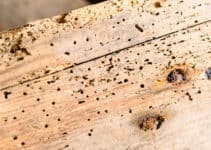If thoughts of miniature critters munching on your beloved wooden furniture send shivers down your spine, then a clear understanding of woodworm is your first line of defense. In this insightful guide, we delve into the much-debated question.
Is woodworm caused by damp? Woodworm infestation isn’t directly caused by damp, but damp conditions can make wood more susceptible to woodworm beetles, as they prefer moist wood for laying their eggs.
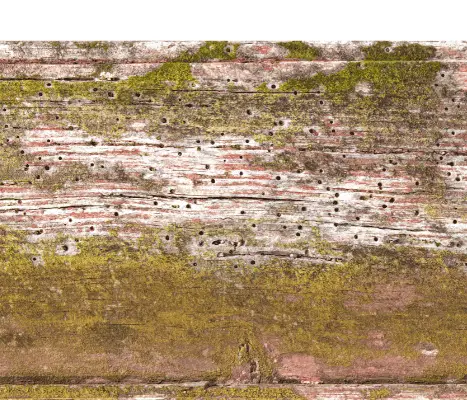
Buckle up as we shed light on this intriguing relationship.
Woodworm and Damp Conditions
Woodworm refers to the larvae stage of several species of beetles, including the Common Furniture Beetle. These tiny troublemakers bore into wooden structures, leading to potentially significant damage.
The infestation begins when female beetles lay their eggs on or under the surface of the wood.
The larvae then burrow deep into the wood, eating their way through it, creating tunnel systems until they pupate into adult beetles.
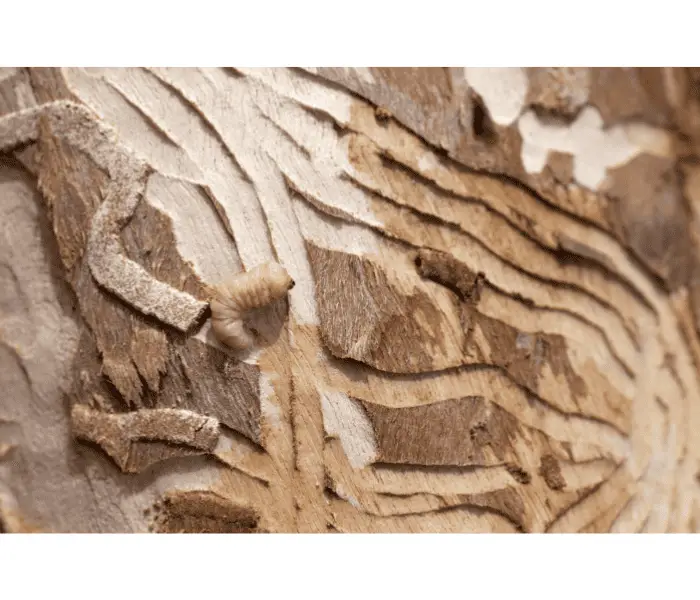
Are Woodworm Attracted to Damp?
The connection between woodworm and dampness is more complex than it might first appear. While woodworm infestations are commonly found in damp areas, this correlation doesn’t necessarily mean causation.
Damp environments result in softer wood, making it easier for the larvae to consume. Consequently, dampness indirectly influences infestations by creating more attractive egg-laying sites for female beetles.
To shed more light on this, research has shown that while woodworm can infest dry wood, the process is more taxing on the beetles, leading to a slower rate of infestation.
Therefore, in damp environments, the rate of infestation could be more rapid, owing to the conducive conditions that make it easier for the beetles to lay eggs, for the larvae to feed and grow, and for the entire lifecycle to proceed at an accelerated pace.
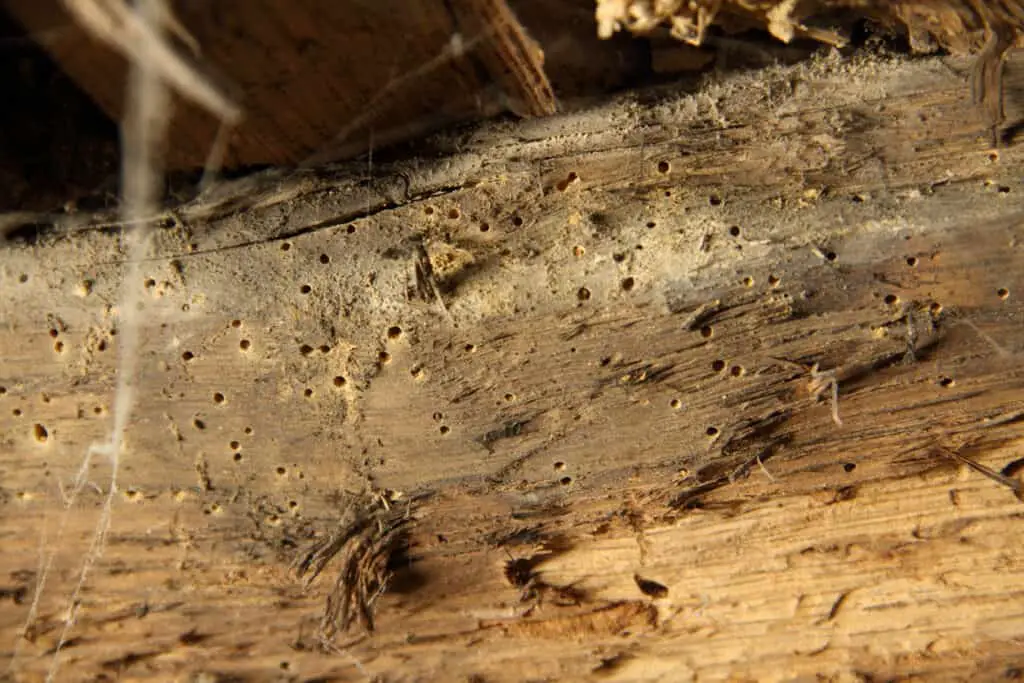
Do Woodworms Need Moisture?
When examining the lifecycle of a woodworm, the need for moisture becomes evident. In their larval stage, which can stretch for several years, woodworms rely on consuming moist wood to stay hydrated and support their digestion process.
If the wood is excessively dry, the larvae might struggle to extract the necessary moisture, potentially slowing their development or even endangering their survival.
This interplay between woodworm and moisture is a crucial aspect of understanding infestations. Moist wood is not just a matter of preference for these pests; it’s a fundamental survival need.
However, it’s also important to note that ‘moisture’ does not always mean visible dampness or water-soaked wood. Even wood that appears dry to human observers can contain sufficient moisture for woodworm.
Can Woodworm Survive in a Dry House?
While moisture is important for woodworms, they can, surprisingly, survive in dry houses too. This is because even under seemingly dry conditions, woodworms can often find sources of humidity or moisture.
These sources could be in less ventilated areas or within larger pieces of wood that hold on to moisture more effectively.
It’s also possible for furniture to already be infested before being introduced into the dry environment, allowing the woodworm to continue its lifecycle.
In fact, in certain situations, woodworm might be more of a threat in dry houses. Drier conditions may lead homeowners to let their guard down, skipping regular inspections or treatments. This can provide an unchecked environment for any woodworm present to grow and multiply.
Preventing Woodworm Infestations
Controlling the dampness levels in your house can certainly help in preventing woodworm infestations. This might involve using dehumidifiers in damp areas, ensuring adequate ventilation throughout your property, and even selecting furniture made of wood less prone to moisture absorption.
However, remember that moisture control is only one piece of the puzzle. Regular inspections of your furniture and wooden structures for tell-tale signs of woodworm – such as exit holes or fine sawdust – are equally critical.
If you detect woodworm activity, prompt professional treatment will be crucial in eradicating the infestation and safeguarding your home.
In conclusion, while dampness and moisture can make conditions favorable for woodworm infestations, it’s critical to understand they are not the exclusive causes.
A comprehensive plan that includes moisture control, regular inspections, and swift professional treatments when necessary, will be your best bet in keeping your home woodworm-free.

